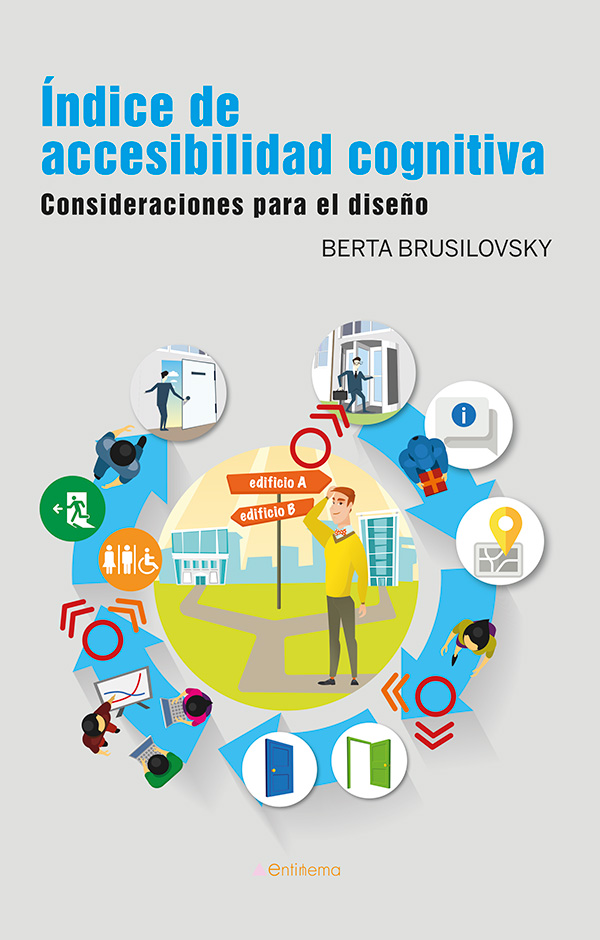Cognitive accessibility: experiential and therapeutic spaces for older adults

Architecture influences, puzzling the elderly: the presentation at the COAM on January 25 and 29, 2020 is included in cognitive accessibility specialized in older adults.
It is based on the author’s new book on issues related to accessibility and cognitive spatial safety: concepts that cannot be separated.
«Experiential and therapeutic spaces for the elderly. Architecture, behavioral neurology and neuropsychology »
It is book number eleven by this expert architect in cognitive accessibility who, after continuous studies, has created a method based on brain sequences to make spaces and environments accessible.
Architecture is a social and cultural practice that must respond with broad functional and aesthetic criteria, that is, with those that best adapt to the behavioral and physical neurological processes of all people. It should not be a sculpture to admire from the outside and live with difficulties from the inside.
In this line of thought and action, aging as human functioning and architecture meet with a proposal for the development of technical, functional and aesthetic recommendations to design experiential and therapeutic environments and buildings, which would become a set of values that would culminate in Justice.
This theoretical and applied research is based on the studies and procedures that have been carried out in accessibility projects for the diversity of cognitive modes of people, in general, and the analysis, in particular, of the spatiality of day centers, residences for the elderly and projects carried out on the basis of the model to design understandable spaces.
Its intention is to serve as the basis for the development of technical guidelines that are currently scarce and dispersed, related to the care, protection and improvement of the quality of life of people, especially in urban areas, which do not facilitate a development adapted to the health, physical and psychological characteristics, so diverse in the elderly population.
The text complements and completes the previous ones by the author, especially the following two:

